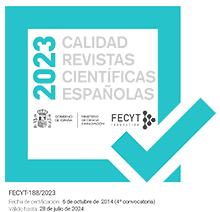El model lingüístic educatiu a les Balears en l'ensenyament no universitari
Resum
The goal of this paper is to establish the nature of the scholastic-linguistic model in non-university education in the Balearics: the free choice model (which allows pupils to choose the language of instruction freely) or the total bilingualism model (in which pupils receive instruction in both official languages). The Statute of Autonomy of the Balearic Islands (1983) does not define the scholastic-linguistic model, unlike the Language Normalisation Act (1986). The author draws attention to articles such as 1.2.b, which mentions the goal of ensuring that Catalan is used progressively as the language of instruction in education, or 18.1, which restricts the right to free choice of the language of instruction to "early education". This analysis of the Language Normalisation Act enables the author to conclude that the scholastic-linguistic model in the Balearics is that of total bilingualism: beyond early instruction, pupils are not allowed to choose the language of instruction, a role that, following an administrative decision, is to be played by both Catalan and Castilian. The paper ends with an analysis of Decree 92/1997, which sets the necessary measures to implement the total bilingualism model, e.g., by stipulating the subjects that must be taught in Catalan in primary and compulsory secondary education. In this connection, the author notes that the implementation of this Decree may be delayed if the Language Normalisation Act is not observed as far as the language training of teachers is concerned.



